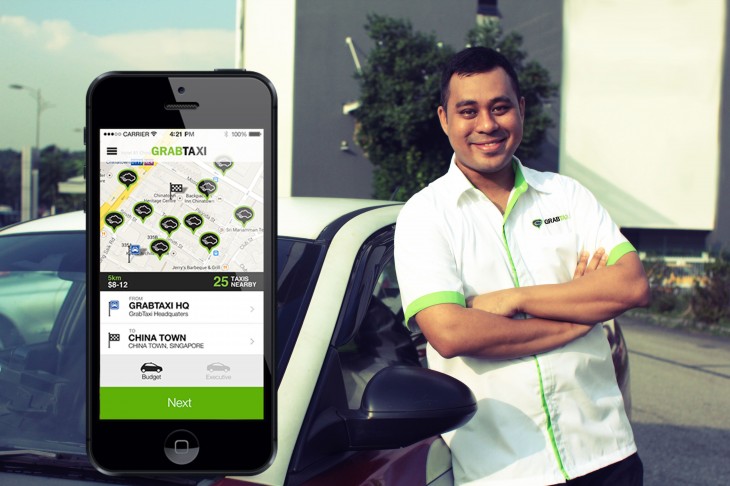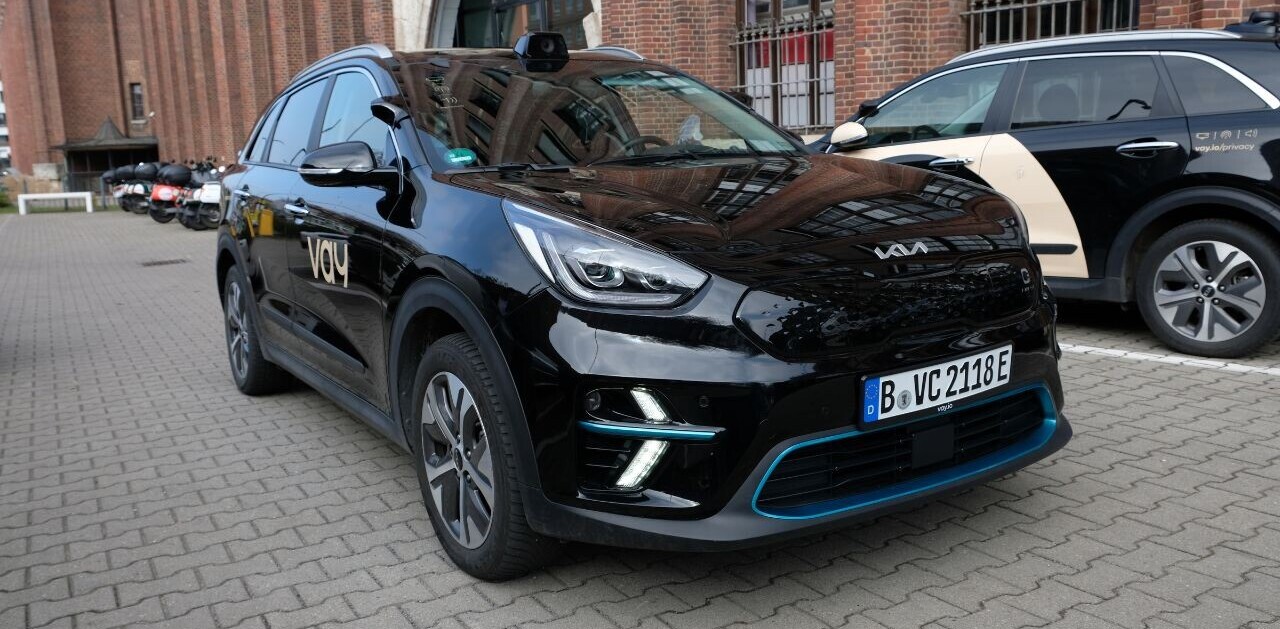
GrabTaxi is often compared to popular car-for-hire service Uber. However, one key difference is that Uber was born in the US and in turn adopts a very Western approach, whereas GrabTaxi faces a whole different set of problems in Asia, particularly Southeast Asia where it currently operates in.
GrabTaxi is essentially a taxi-booking app which works with the existing taxi ecosystem in Malaysia (where it’s known as MyTeksi), the Philippines, Thailand, Vietnam and Singapore. Recently it stepped even further into Uber territory by launching a “limo service” known as GrabCar. The service first arrived in Malaysia and rapidly expanded to the Philippines.
The company just announced that it has raised more than $15 million in a Series B funding round led by Silicon Valley-based GGV Capital, with the participation of Vertex Venture Holdings which led its Series A round, as well as new investor Qunar, a Chinese travel firm.
In an indication of how much of an Asian approach GrabTaxi is taking, founder and CEO Anthony Tan told TNW that it is spending the latest round of funding in retaining its drivers — by providing them with benefits such as medical check-ups. This is a benefit that could lure drivers given that most of them in the region tend to be older.
What we will focus on is making sure drivers are loyal and retained in our system. So now we have become the biggest (taxi-booking app in Southeast Asia) and now it’s how you go even deeper and how you build high-quality drivers. So we focus on training, we focus on retention — so we have health checks for them. In Asia, a lot of drivers are uncles (local slang for older men)…
In the States and Europe, it’s very different. If you go to Paris, taxis are driven by young people. Here, it’s when you have no option that you drive a taxi. Being a taxi driver is tough. It’s a very different environment. I think understanding that is something that not many people can.

Other things that GrabTaxi has done differently from Uber include having a cash-only service, even for its higher-end limo service GrabCar. Uber has spent the past year bringing its multi-billion valued service to Asia. Its ‘Uber Black’ service is currently available in 14 cities across the continent, having first launched in Singapore last year. However, Tan notes that it’s “hard” for Uber with its credit card-only model in Southeast Asia, because many people in the region simply don’t own credit cards.
GrabCar also reveals the exact price of every single ride up front, unlike Uber which only charges the final bill to your credit card. Tan notes that this is because Asians prefer to know how much something costs before they purchase it, and this is where GrabCar caters to local preferences.
What’s more, to ensure that each and every driver has a smartphone to use the GrabTaxi app on, the company helps to finance an Android phone for all of its drivers. This is done by working with microfinance companies, phone suppliers and then helping to set up an installment plan — if the phone costs $100, a payment plan would require them to pay $1 a day. Tan says he got the idea from not-for-profit Bangladesh firm Grameen Telecom, which has a stake in Grameenphone.
With GGV Capital and Qunar on board, one can’t help but wonder if GrabTaxi and GrabCar are going to move into China soon — particularly GrabCar, as that is a gap that only Uber has filled, and with a more Westernized approach. However, Tan says that GrabTaxi’s focus for the near future will still be in Southeast Asia, as there is a market of 600 million people in the region — though China is always “in the realm of possibilities.”
The taxi (industry) is a very local game…
If you look at the (Southeast Asia) space, it’s no China. But it’s half of China. Here we are already number one by far, so why don’t we just learn how to dominate it rather than go into a new city and play new risks, where our cost may not be as competitive. Here we have the local networks, we understand the local problems, we are locals.
Southeast Asia has tremendous opportunity. If you reshape the transport industry, you can go to any vertical once the network is set up, rather than thinking about how to conquer China. I don’t even spend a second thinking about that.
Instead, Tan said GrabTaxi is forming a strategic partnership with Qunar mainly because of the local expertise. He said that Qunar has proven that they understand local markets, they know how to scale and manage a large engineering team, and they can introduce tech talent to GrabTaxi.
Tan revealed that he sees GrabTaxi eventually becoming a company that is global in size, though not necessarily global in reach, which is why such know-how is important.
“Qunar is purely Chinese play, they have no presence outside of China, but they’re listed on NASDAQ. That’s what I mean by local company but they access capital markets worldwide… That’s what we believe we will be,” Tan told us.
GrabTaxi isn’t profitable right now, but Tan said that if it didn’t focus on growth, it would be. The company gets a cut of between five to 10 percent of each ride. “All of us built the company to change the way 600 million people (in Southeast Asia) move and to reshape the transport industry. If that’s the mission, you have to grow very fast. Then the focus isn’t about monetization, the focus is growth,” he said.
As GrabTaxi approaches the whole taxi-booking — and now private car-for-hire — sector in Southeast Asia with an Asian take, it could very well threaten Uber when it finally moves into the same cities, in particular within China.
Images via GrabTaxi
Get the TNW newsletter
Get the most important tech news in your inbox each week.






